Factory farm vs. Concentrated Animal Feeding Operation (CAFO)
It’s been a minute, all right only four years, since we tackled the topic of CAFOs. Since the media and many influencers, and sometimes well-meaning followers, are quick to share how factory farms are detrimental to society, and in these same articles, they sometimes mention CAFOs, I believe it makes sense to dive a little deeper on the subject.
Are factory farms and CAFOs one in the same? Vastly different? Let’s explore.
“a large industrialized farm. especially : a farm on which large numbers of livestock are raised indoors in conditions intended to maximize production at minimal cost”
“a system of farming in which a lot of animals are kept in a small closed area, in order to produce a large amount of meat, eggs, or milk as cheaply as possible.”
“a method of farming in which animals are kept inside in small spaces and are fed special food so that a large amount of meat, milk, etc. is produced as quickly and cheaply as possible”
The definitions above are socially-driven definitions. If you’re new around here, this is where we take a slight detour to confirm that’s not good enough. Scratching the surface for what’s easy doesn’t meet the bar. We like fact-based, science-proven, or industry standard articles, literature, or news.
U.S. Environmental Protection Agency (EPS) created the term CAFO, or Concentrated environmental health Animal Feeding Operations in 1976 for the National Pollutant Discharge Elimination System process following the establishment of the term AFO, or animal feeding operation, which were first identified as potential pollutants in the 1972 Clean Water Act.
A CAFO is an AFO with:
More than 1000 animal units. An animal unit is defined as an animal equivalent of 1000 pounds live weight. In action this equates to 1000 head of beef cattle, 700 dairy cows, 2500 swine weighing more than 55 lbs, 125 thousand broiler chickens, or 82 thousand laying hens or pullets.
Located on site for more than 45 days during the year.
Or, any size AFO that discharges manure or wastewater into a natural or man-made ditch, stream or other waterway.
It’s also worth mentioning, Oregon Department of Agriculture, has its own definition of CAFO.
We could have exactly one dairy cow and since it would live on our property year-round, we’re a CAFO.
Is a farm with a thousand or more animal units a factory farm? Or, is it a large farm that now has the resources to be efficient and have the space, or time, to focus on more sustainable practices that could potentially earn carbon credits while spreading the costs, or overhead, across a larger herd therefore increasing the likelihood of financial sustainability and transitioning the farming business to the next generation?
Our farm is absolutely a CAFO because our girls never leave the farm. They’re here all the time. We’re required to implement a comprehensive nutrient management plan and apply manure (read: organic fertilizer) to property in a safe, environmentally-friendly way, and keep accurate records.
While CAFOs consider the number of animals on farms, it has nothing to do with the size classification of farms. Farms are actually classified as small, large, and very large based on annual sales rather than on their physical size.
Anything can become emotionally charged when given enough marketing. So are CAFOs bad?
A hypothetical:
A local family farm, which started out with a herd of twenty-five dairy cows, now has 700 head of dairy cows, which was made possible through innovation and expansion as the next generation was led to work and establish a career on the farm.Is this farm now a factory farm or are they a family farm? Is the fictitious Dutton family Yellowstone ranch a factory farm with its thousands of acres and thousands of cow calf pairs? Or, now hear me out, are activists weaponizing terms to manipulate how you view the world?
Back to the original question: are factory farms and CAFO’s the same thing?
No.
CAFO is an EPA government initiative to further protect air and water quality on farms that keep their animals in large barns for 45 days or more a year.
There are 9 requirements to be an above-board CAFO that include:
where and how store manure and liquid waste;
how to dispose of an animal if it dies;
how to prevent possible contamination if clean water is near a production area;
keeping animals out water supply;
ensuring any chemical applications are not mixed in with any manure, wastewater or treatment system;
runoff control;
water sample testing;
establishing protocols on land use of manure or wastewater as use for fertilizer;
and, finally, keeping accurate records of all of the above.
We have a binder that outlines all of our daily operations procedures as well as emergency procedures. This keeps us and our neighbors safe, the animals safe, and you, as a consumer, safe.
Honestly, I’m just not sure why you wouldn’t want farmers to do this?
